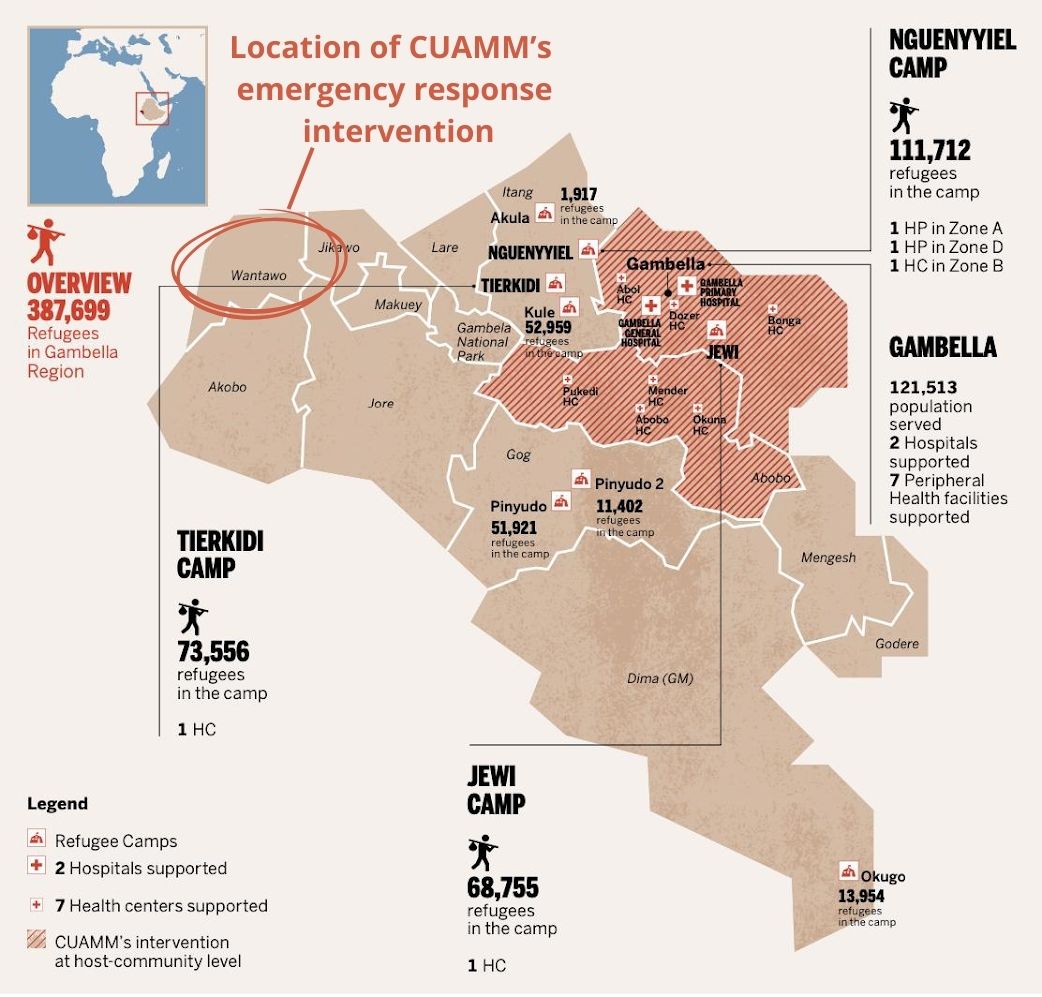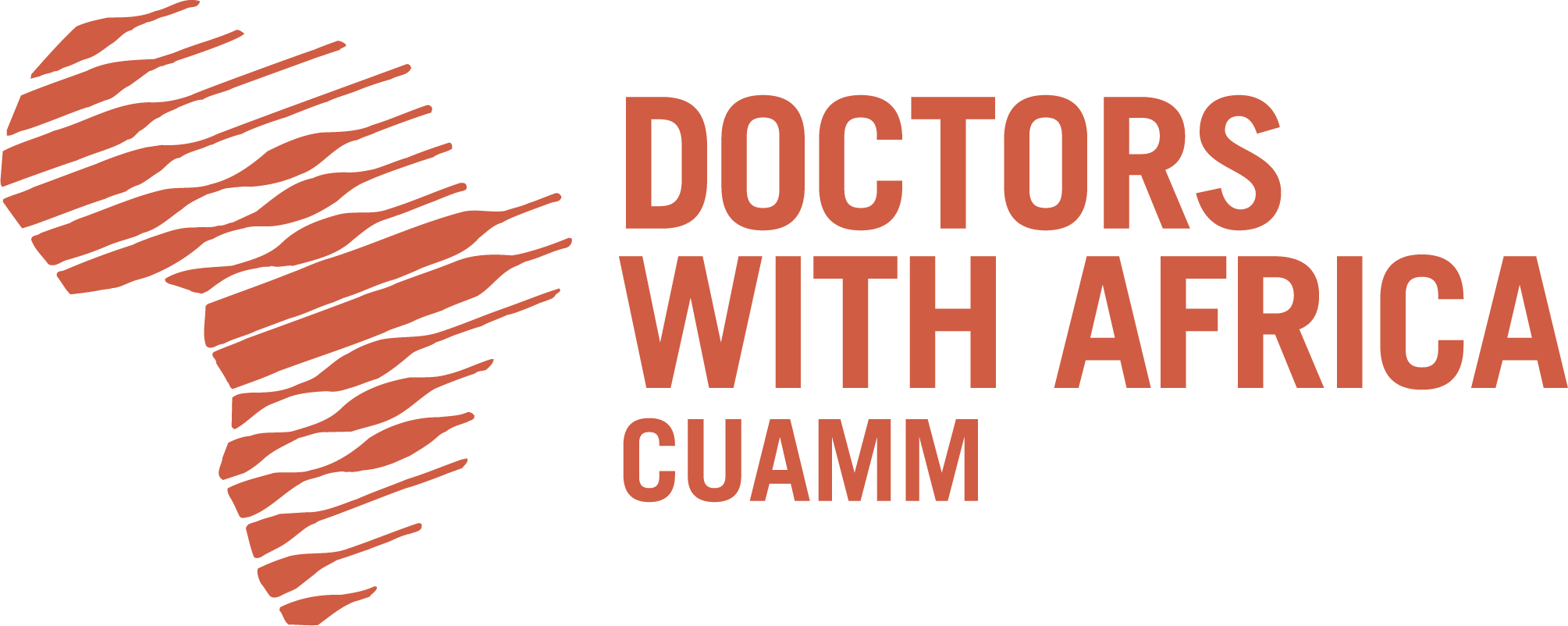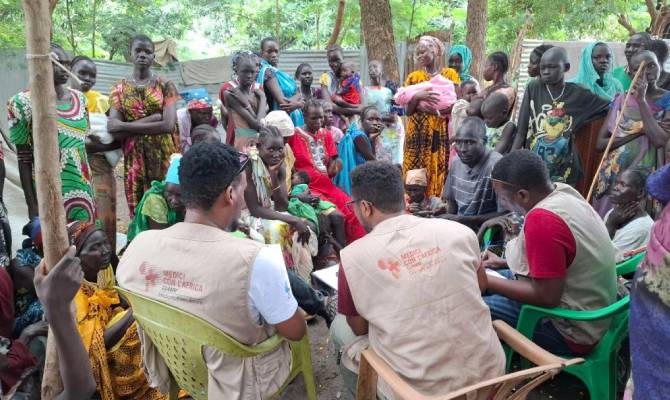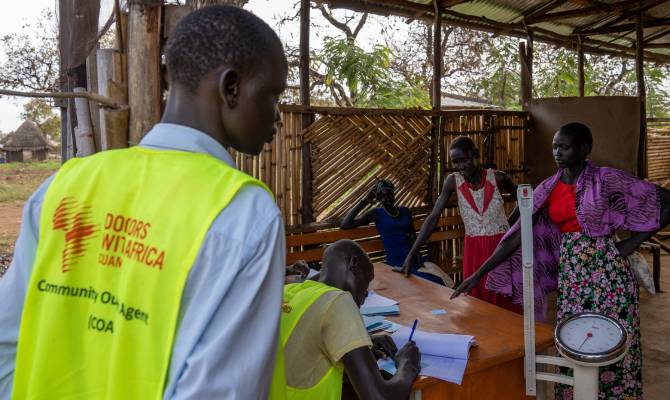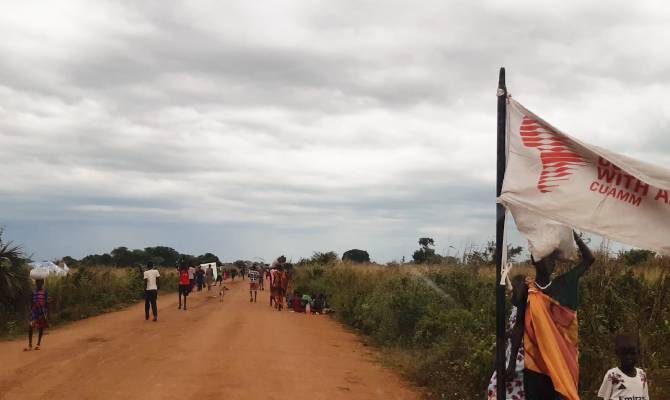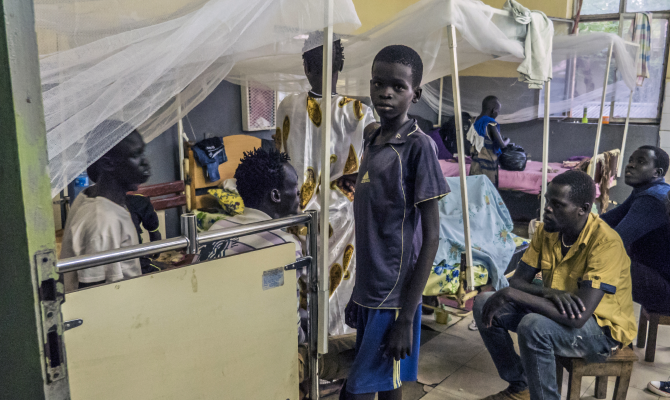The escalation of violence in South Sudan has triggered new waves of displacement into Ethiopia and increased humanitarian needs, including urgent health services. Nutritional support and maternal care identified as top priorities in Gambella region.
CUAMM has just launched an emergency intervention in the region to provide immediate assistance to both host communities and refugees, while strengthening the capacity of the local health system.
In recent months, thousands of civilians—mainly women and children—have crossed the Ethiopian border in search of safety. An estimated 50,000 displaced people have been received in the southwestern Gambella Region, the majority are being sheltered in churches, schools, and small plastic shelters in Matar town. Before the outbreak of fighting in South Sudan’s Upper Nile region, some 430,000 refugees were already recorded in the region.
“The situation is dire: Ethiopia is one of the African countries hosting the largest number of refugees, with the Gambella region having long taken in the largest share. Today, however, the crisis is reaching even more alarming proportions due to the country’s high inflation rate and recent cuts to humanitarian aid. Meanwhile, the needs of the refugee population are growing exponentially, and the host communities themselves are being plunged into extreme vulnerability,” stated Daniel Frehun, CUAMM Area Manager in Gambella.
Internal instability has compounded the crisis, forcing members of host communities in border areas to flee. Alongside the influx of South Sudanese refugees, more than 15,000 people have been internally displaced, moving to the Nuer Zone—particularly to the towns of Mathar and Moun in Wantawo District. As of August, RRS and UNHCR began relocating the new arrivals to the newly established refugee camp, LuakDong. However, the relocation process has since been put on hold due to the lack of essential life-saving services in the new camp highlighting the urgent need for a coordinated and timely response.
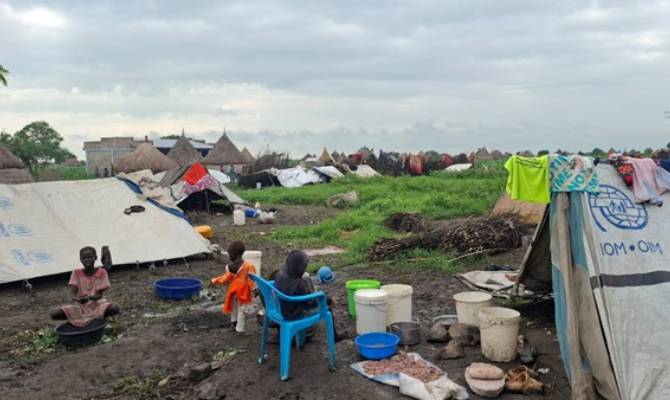
Refugees’ temporarily shelter at Moun
“From a health perspective, the most urgent needs are those of women and children, who make up the majority of the refugee population,” said Daniel Frehun. “People on the move are struggling to get even one meal a day. If you consider the children—and pregnant or breastfeeding women—this has serious consequences for their health. We must ensure prenatal care, nutritional screening, and appropriate treatment. And we must not forget seasonal illnesses like malaria, against which these vulnerable groups lack protective measures, nor cholera, which is already spreading inside the camps with the onset of the rainy season.”
In collaboration with the District Health Office and in coordination with local partners, we have decided to launch an emergency intervention in the Nuer Zone, supporting two critical health facilities: the Matar Health Centre and the Nyinenyang primary hospital.
“These are two extremely important facilities for delivering health services in the area,” said Daniel Frehun, CUAMM Area Manager in Gambella. “The Matar Health Centre is a key point of reference which, due to the closure of neighbouring health posts, is now forced to handle an even greater patient flow with the same limited resources. As for Nyinenyang Hospital, it struggles to operate as a full-fledged hospital and is currently acting more like a referral point toward the main hospital in Gambella, undermining its capacity to manage cases and delaying timely access to care for patients.”

Refugees’ temporarily shelter at Mathar
In the coming months, CUAMM’s intervention will focus on two main objectives: providing immediate support to both host communities and refugees, and strengthening the capacity of the local health system. To achieve this, we will strengthen local health services through technical and logistical support to the District Health Bureau, ensuring quality care and equitable access to basic services; promote prevention with health and nutrition awareness activities and screening for both host and refugee populations; deliver lifesaving healthcare and nutritional support where it is most needed through mobile health clinics.
These interventions share a common goal: to help displaced families move beyond the emergency phase and accompany them, step by step, towards returning home and rebuilding a stable and safe life.
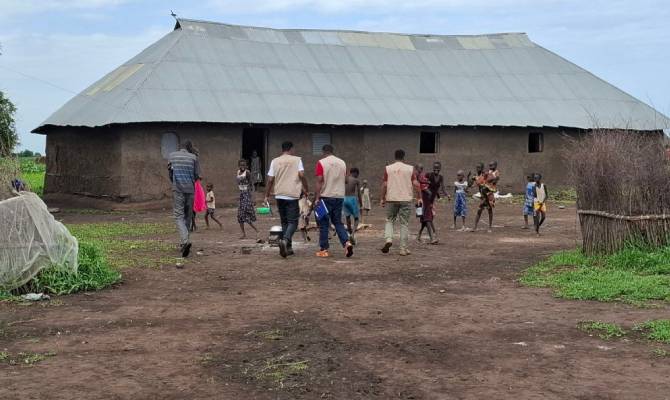
Mathar Refugee camp
Ethiopia hosts one of the largest refugee populations in Africa, mainly from Sudan, South Sudan, Somalia, and Eritrea. Most live in 24 refugee camps located in five regions across the country, with Gambella hosting the largest share. CUAMM has been working in Gambella since 2016, supporting both the host community and refugees. Our work focuses on supporting the provision of health services in the two main hospitals—Gambella Primary Hospital and Gambella General Hospital. In addition, over the past year we have supported seven peripheral health centres, and worked in five health facilities within the refugee camps of Tierkidi, Jewi, and Nguenyyiel providing essential medical services.
“Today, Ethiopia is facing numerous crises—including conflicts, recurring natural disasters like floods, acute food insecurity, and diseases outbreaks. While immediate emergency responses remain essential to save lives, they are not sufficient on their own. For response efforts to be truly effective and enduring, we must pair urgent humanitarian action with comprehensive, long-term strategies that build resilience, support livelihoods, and create local ownership. That’s CUAMM approach” claimed Daniel Frehun.
